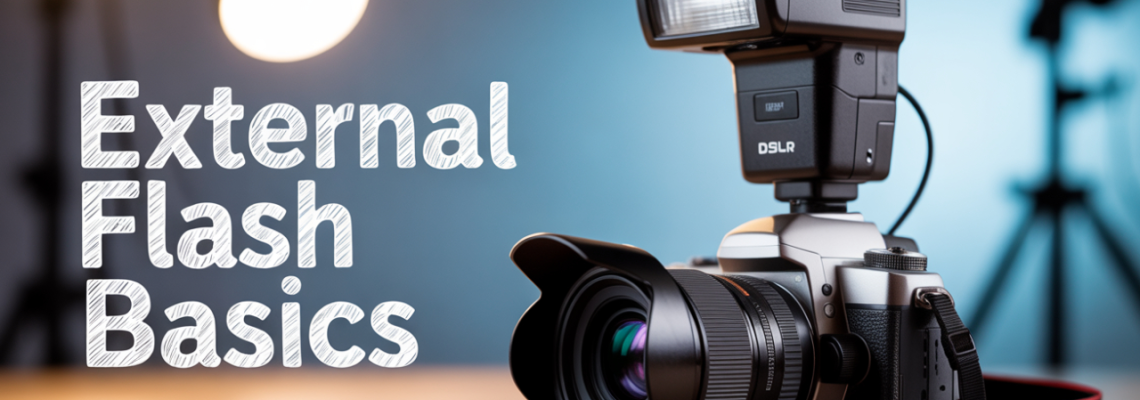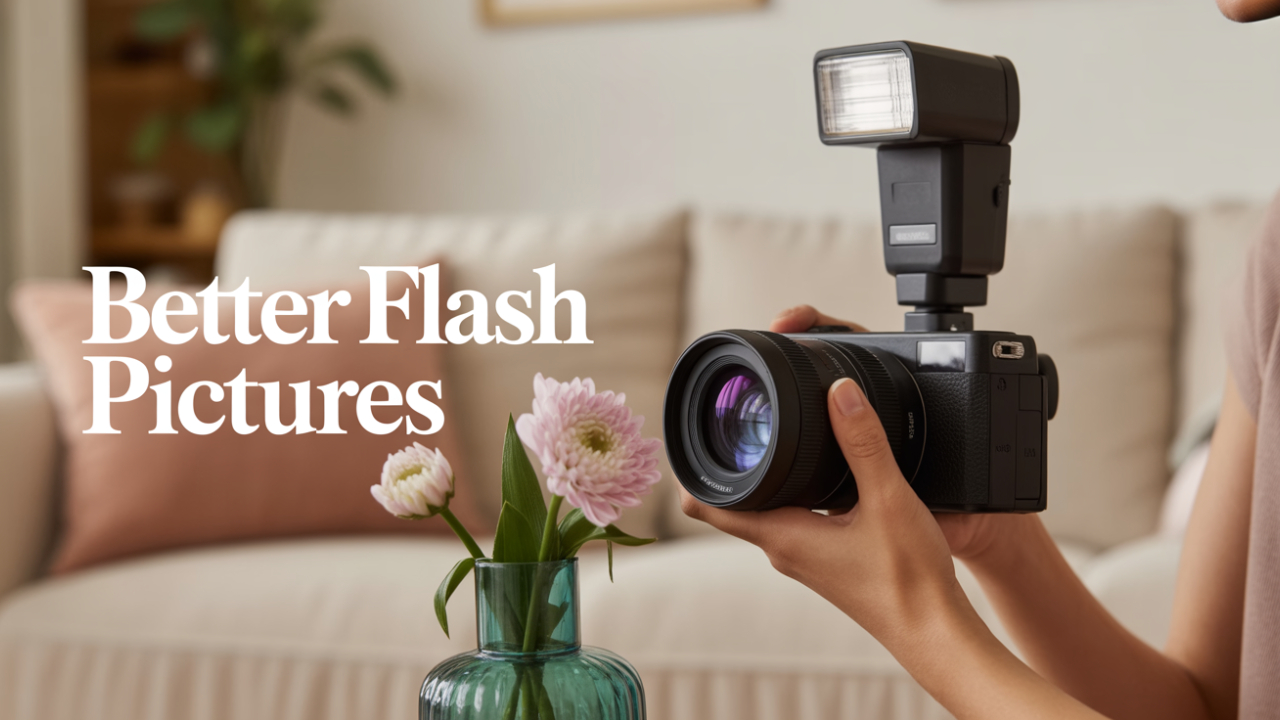
 Introduction: Best External Flash Use for Beginners
Introduction: Best External Flash Use for Beginners
Photography is all about light. For beginners, mastering light can feel overwhelming, especially when working with cameras that have only a built-in flash. That’s why learning the best external flash use for beginners is a game-changer. A dedicated flash gives control, flexibility, and professional results that no built-in flash can achieve.
This guide from Geonline explores everything you need to know—from setup and techniques to the difference between built-in vs. external flash, budget-friendly recommendations, and real-world tips that make flash photography easy to understand.
By the end, you’ll not only know how to use external flash for beginners but also feel confident experimenting with creative lighting to improve your photography skills.
Why Beginners Should Use an External Flash
For anyone just starting out, using an external flash might seem intimidating. However, it’s one of the easiest upgrades a beginner photographer can make. Here’s why:
Better Lighting Control: Unlike built-in flashes, external units can be adjusted in power and direction.
Natural Look: Avoid the harsh, flat light from built-in flashes by bouncing light off walls or ceilings.
Creative Options: Play with shadows, highlights, and off-camera setups.
Room to Grow: Beginner-friendly flashes still offer advanced features for when skills improve.
Difference between built-in flash and external flash:
Built-in flash: Small, fixed, creates harsh shadows, limited reach.
External flash: Adjustable, powerful, and versatile for indoor and outdoor use.
Flash Photography Basics Explained
Before diving into techniques, beginners need to understand a few flash photography basics explained in simple terms:
Flash Power: Measured in guide numbers (GN). The higher the GN, the stronger the flash.
TTL (Through The Lens) Mode: Lets the camera automatically adjust flash output—perfect for beginners.
Bounce Flash: Instead of pointing flash directly at the subject, angle it toward the ceiling or wall.
Diffusers & Modifiers: Simple flash accessories for beginners that soften the light for professional results.
Beginner Photography Lighting Tips
Here are some practical lighting tips tailored for new photographers:
Avoid direct flash: Pointing the flash straight at a subject creates harsh shadows.
Use walls and ceilings: Bounce light for a softer look.
Experiment with angles: Tilt or swivel the flash head to add dimension.
Control exposure: Combine flash with natural light for balance.
Start small: Practice indoors with still objects before moving to people or events.
Best Budget External Flash for DSLR Beginners
One of the main concerns for beginners is cost. The good news is that many affordable flashes for beginner photographers deliver excellent results.
External Flash Setup for Beginners
Getting started with your flash doesn’t have to be complicated. Follow these steps for an easy-to-use external flash setup for cameras:
Attach the flash: Slide it onto your camera’s hot shoe until it locks.
Turn on TTL mode: Let the camera do the heavy lifting.
Test bounce angles: Point the flash upward for ceiling bounce.
Use a diffuser: Affordable accessories like softboxes improve results.
Practice: Take multiple test shots with small adjustments each time.
External Flash Photography Techniques
To get more creative with external flash, try these beginner-friendly techniques:
Bounce Flash: Point light at a ceiling for soft indoor lighting.
Fill Flash: Use outdoors in sunlight to reduce shadows.
Off-Camera Flash: With a trigger, you can move the flash for more dramatic effects.
Slow Sync Flash: Combine longer shutter speeds with flash for light trails.
Tips for Choosing an External Flash
When shopping for your first external flash, keep these beginner-friendly tips in mind:
Compatibility: Choose a flash designed for your camera brand.
TTL Support: Makes exposure easier for beginners.
Swivel & Tilt: Allows bounce flash for softer results.
Power Output: Higher guide numbers mean stronger light.
Budget: Start with affordable models before upgrading.
Simple Flash Accessories for Beginners
Accessories don’t have to be expensive. A few small items can make a big difference:
Flash diffuser: Softens harsh light.
Mini softbox: Adds studio-like quality to portraits.
Flash trigger: Enables off-camera flash setups.
Bounce card: Simple tool for redirecting light.
People Also Ask (FAQ)
Q1: How do I use an external flash for beginners?
A: Start by mounting the flash, using TTL mode, and experimenting with bounce flash for softer lighting.
Q2: What is the difference between built-in flash and external flash?
A: Built-in flashes are limited, while external flashes provide more power, flexibility, and natural-looking results.
Q3: What is the best budget external flash for DSLR beginners?
A: Models like the Godox TT600 or Neewer NW565EX are affordable and easy to use.
Q4: Do I need accessories with an external flash?
A: Simple accessories like diffusers or bounce cards can drastically improve results without much cost.
Q5: Can beginners use external flash outdoors?
A: Yes, fill flash is especially helpful outdoors to balance harsh sunlight and reduce shadows.
Q6: Which is better for beginners—Canon or Nikon external flash?
A: Both brands offer beginner-friendly flashes like the Canon 270EX II and Nikon SB-400.
Final Thoughts
Learning the best external flash use for beginners doesn’t have to be intimidating. With the right approach, even novice photographers can capture stunning images that look professional.
From understanding flash photography basics to trying external flash photography techniques, beginners quickly discover how much lighting influences the quality of every shot. Whether using a Nikon, Canon, or budget-friendly third-party flash, the key is practice and experimentation.



Leave a Comment